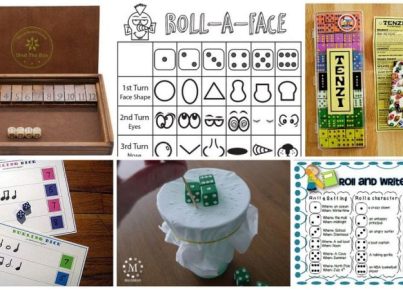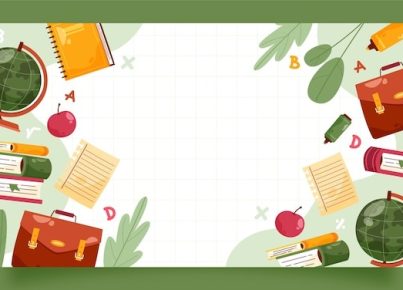Google Docs is a powerful tool that can greatly enhance classroom collaboration and productivity. Here are 10 ways you can make the most of Google Docs in your classroom:
- Collaborative Writing: Google Docs allows multiple users to work on a document simultaneously. This feature promotes collaboration among students, enabling them to work together in real-time on group projects, essays, and presentations.
- Peer Editing: With the commenting and suggestion features in Google Docs, students can provide feedback and make suggestions on each other’s work. This facilitates peer editing, improving writing skills and encouraging constructive criticism.
- Classroom Discussions: Google Docs can be used as a platform for classroom discussions. Teachers can create a shared document where students can post their thoughts, respond to each other, and engage in meaningful conversations.
- Interactive Worksheets: Instead of using traditional worksheets, you can create interactive worksheets in Google Docs. Add text boxes, checkboxes, and dropdown menus to make it more engaging and interactive for students.
- Individualized Learning: Google Docs allows teachers to differentiate instruction by creating personalized assignments for each student. By providing individualized feedback and supporting student progress, you can cater to diverse learning needs.
- Collaborative Note-Taking: During lectures or group activities, students can collaborate on shared Google Docs to take notes together. This promotes active engagement, encourages participation, and ensures that all students have access to comprehensive class notes.
- Class Surveys: Use Google Forms, which is integrated with Google Docs, to create surveys and collect data from your students. This can be used for gathering feedback, conducting quizzes, or generating discussions on specific topics.
- Digital Portfolios: Google Docs can be used to create digital portfolios where students can showcase their best work. They can easily compile and organize their documents, presentations, and other projects to share with others.
- Grading and Feedback: Google Docs simplifies the grading process. Teachers can provide feedback directly on students’ work, highlighting areas for improvement, and awarding grades. This streamlines the grading process and makes it more efficient.
- Resource Sharing: Google Docs enables teachers to share resources, such as lesson plans, study guides, and reading materials, with students. This promotes easy access to educational resources and fosters a collaborative learning environment.
By incorporating Google Docs into your classroom, you can take advantage of these versatile features to enhance collaboration, engagement, and productivity among your students.





